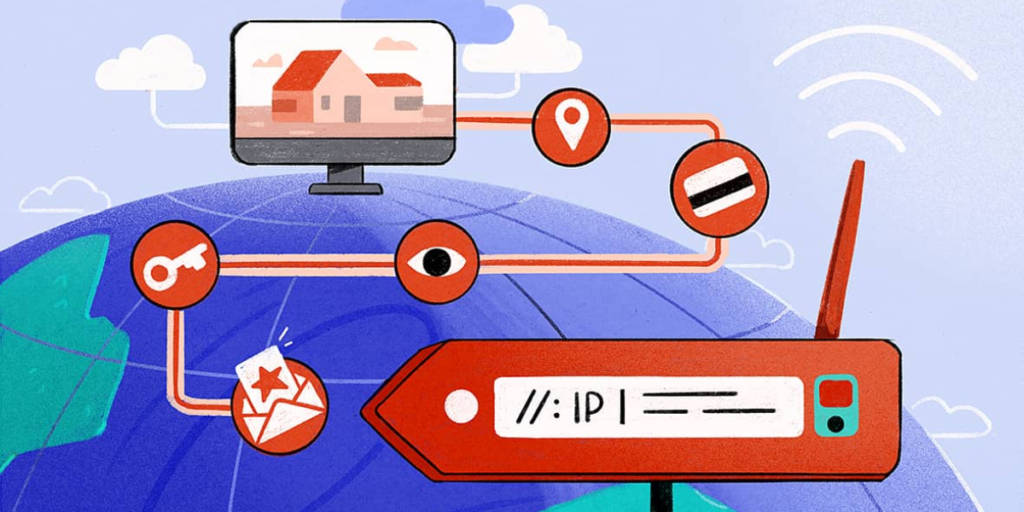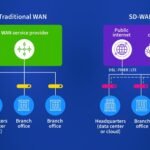The IP address 15.1.1.1 may appear in various network-related contexts, often associated with private or specialized network devices. This article provides a detailed guide on how to log in to devices using this IP address, troubleshoot common issues, and perform a geolocation lookup. Additionally, we will cover default usernames and passwords and provide answers to frequently asked questions.
What is IP Address 15.1.1.1?
An IP (Internet Protocol) address is a unique numerical label assigned to each device connected to a network that uses the Internet Protocol for communication. It serves two main purposes:
- Identification: Identifies a device on the network.
- Location Addressing: Provides the address where data can be sent.
IP addresses can be classified into IPv4 and IPv6 formats. IPv4 addresses are written as four sets of numbers separated by periods (e.g., 15.1.1.1), while IPv6 addresses are more complex and use hexadecimal notation.
Private and Public IP Addresses
IP address 15.1.1.1 falls within the range of public IP addresses, as it is not part of the reserved private IP ranges (which include addresses like 10.0.0.0 – 10.255.255.255, 172.16.0.0 – 172.31.255.255, and 192.168.0.0 – 192.168.255.255). This means it could be used in various networks and devices that are not strictly confined to a private or internal network.
Common Uses of 15.1.1.1
The IP address 15.1.1.1 might be used for:
- Network Equipment: Devices such as routers, switches, or firewalls.
- Corporate Networks: Internal devices in a business environment.
- Testing and Development: For testing configurations or network setups.
Logging In to Devices with IP Address 15.1.1.1
To manage or configure a device using the IP address 15.1.1.1, you need to access its administrative interface. Here’s how you can do this:
Accessing via Web Browser
- Connect to the Network: Ensure that your device is connected to the same network as the IP address 15.1.1.1. This could be a wired or wireless connection.
- Open a Web Browser: Launch your preferred web browser (e.g., Chrome, Firefox, Safari).
- Enter the IP Address: Type
http://15.1.1.1into the address bar and press Enter. You may need to usehttps://15.1.1.1if the device uses a secure connection. - Login Screen: You will be directed to a login page if the device has a web-based management interface.
- Enter Credentials: Input the required administrative username and password.
Default Usernames and Passwords
Many devices come with default login credentials. Common defaults include:
- Username: admin
- Password: admin
- Username: admin
- Password: password
- Username: root
- Password: root
Note: Using default credentials is a security risk. It is important to change these to secure, unique passwords as soon as possible.
Also Read: France National Football Team vs Poland National Football Team Stats: UEFA Euro 2024 | Los Angeles Dodgers vs Colorado Rockies Baseball Player Stats-Game 6 Current Series 17th June 2024
15.1.1.1 – Accessing via Command Line
For devices that support command-line interfaces, you can use tools like Telnet or SSH to connect:
- Open Command Line Interface: Use Terminal on macOS/Linux or Command Prompt on Windows.
- Connect to the Device: Use the command
telnet 15.1.1.1orssh [username]@15.1.1.1. - Enter Credentials: Provide the username and password when prompted.
Troubleshooting Common Issues and Fixing Tips
Connectivity Issues
If you are having trouble accessing the device at 15.1.1.1:
- Verify Network Connection: Ensure that your device is properly connected to the network and that there are no physical connection issues.
- Check IP Configuration: Confirm that your device is on the same subnet as 15.1.1.1. Mismatched IP addresses or incorrect subnet masks can prevent access.
- Ping the IP Address: Open a command prompt or terminal and type
ping 15.1.1.1. This helps to check if the device is reachable.
Login Problems
If you cannot log in:
- Check Credentials: Make sure you are using the correct username and password. Consult the device’s manual or manufacturer’s website for default credentials if necessary.
- Reset Device: If you’ve forgotten your credentials, you may need to perform a factory reset on the device. Refer to the device’s manual for instructions on how to do this.
- Browser Issues: Try accessing the device using different web browsers or clearing your browser’s cache and cookies.
Device Configuration Issues
For issues related to device configuration:
- Review Documentation: Check the device’s user manual or online resources for proper configuration steps.
- Update Firmware: Ensure that the device’s firmware is up to date. Manufacturers often release updates to fix bugs and improve performance.
- Consult Support: If you are unable to resolve issues, contact the manufacturer’s technical support for assistance.
Geolocation Lookup for IP Address 15.1.1.1
Geolocation lookup helps to identify the physical location of an IP address. While 15.1.1.1 is a public IP address, geolocation services can provide approximate location data.
Using Online Geolocation Tools
- Visit a Geolocation Service: Go to a geolocation lookup website like IPinfo, GeoIPTool, or WhatIsMyIPAddress.
- Enter the IP Address: Type
15.1.1.1into the search field and initiate the lookup. - Review Results: You will receive information such as:
- Country: The country where the IP address is registered.
- Region: The specific region or state.
- City: The city where the IP address is associated.
- ISP (Internet Service Provider): The organization providing internet services.
Example Lookup Results
A hypothetical lookup might reveal:
- Country: United States
- Region: California
- City: Los Angeles
- ISP: AT&T
Conclusion
IP address 15.1.1.1, while a specific numerical identifier, plays a significant role in network management and device configuration. Understanding how to log in, troubleshoot issues, and perform a geolocation lookup is essential for effective network administration. By following the guidelines provided, you can manage your devices efficiently, address common issues, and ensure the security and functionality of your network.
Also Read: Baltimore Orioles vs Texas Rangers Player Stats(July 21, 2024) | 172.17.50.112 IP Address: Troubleshoot Common Error Fixing Tips
Frequently Asked Questions (FAQs)
1 What is IP address 15.1.1.1 used for?
The IP address 15.1.1.1 is a public IP address that could be assigned to various devices such as routers, servers, or network equipment. Its use depends on the specific network setup and configuration.
2 How do I find the default login credentials for my device?
Default login credentials can usually be found in the device’s user manual or on the manufacturer’s website. It is important to change these defaults to secure passwords to protect your network.
3 What should I do if I can’t access the device with IP address 15.1.1.1?
If you cannot access the device, check network connections, verify IP configuration, and ensure you are using the correct credentials. If problems persist, consider resetting the device or contacting technical support.
4 How accurate is the geolocation information for an IP address?
Geolocation data is approximate and may not always reflect the exact physical location of the IP address. It provides a general idea of the location based on IP registration data.
5 How can I improve the security of my device using IP address 15.1.1.1?
To improve security, change default passwords, regularly update firmware, and use strong, unique passwords. Implementing additional security measures such as firewalls and network segmentation can further protect your network.
6 Can I use IP address 15.1.1.1 for testing purposes?
Yes, IP addresses like 15.1.1.1 can be used for testing and development purposes. Ensure that any testing does not interfere with live network operations or expose your network to security risks.



